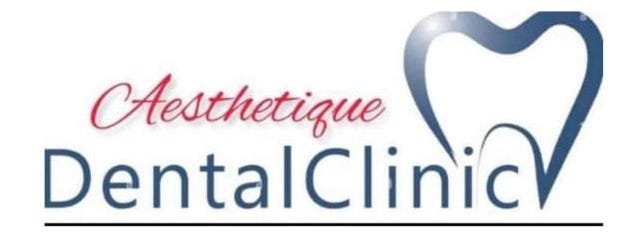Extraction is a dental procedure in which a tooth or teeth are removed from the mouth. Tooth extractions may be necessary for a variety of reasons, including severe decay or damage, infection, overcrowding, or as part of orthodontic treatment. While extraction is typically a last resort when other treatments have failed, it is sometimes necessary to protect the health of the surrounding teeth and gums.
The process of extraction begins with a consultation with a dental professional, who will evaluate the tooth and determine the best course of treatment. In some cases, local anesthesia is used to numb the area around the tooth, while in other cases, conscious sedation or general anesthesia may be used to help the patient feel more comfortable during the procedure.
During the extraction procedure, the dentist or oral surgeon will loosen the tooth and remove it from the socket using specialized dental instruments. Once the tooth has been removed, the area is cleaned and any necessary sutures are placed to promote healing. Patients are typically advised to rest and avoid strenuous activity for a period of time following the procedure, and may be prescribed pain medication or antibiotics to manage any discomfort or prevent infection.

